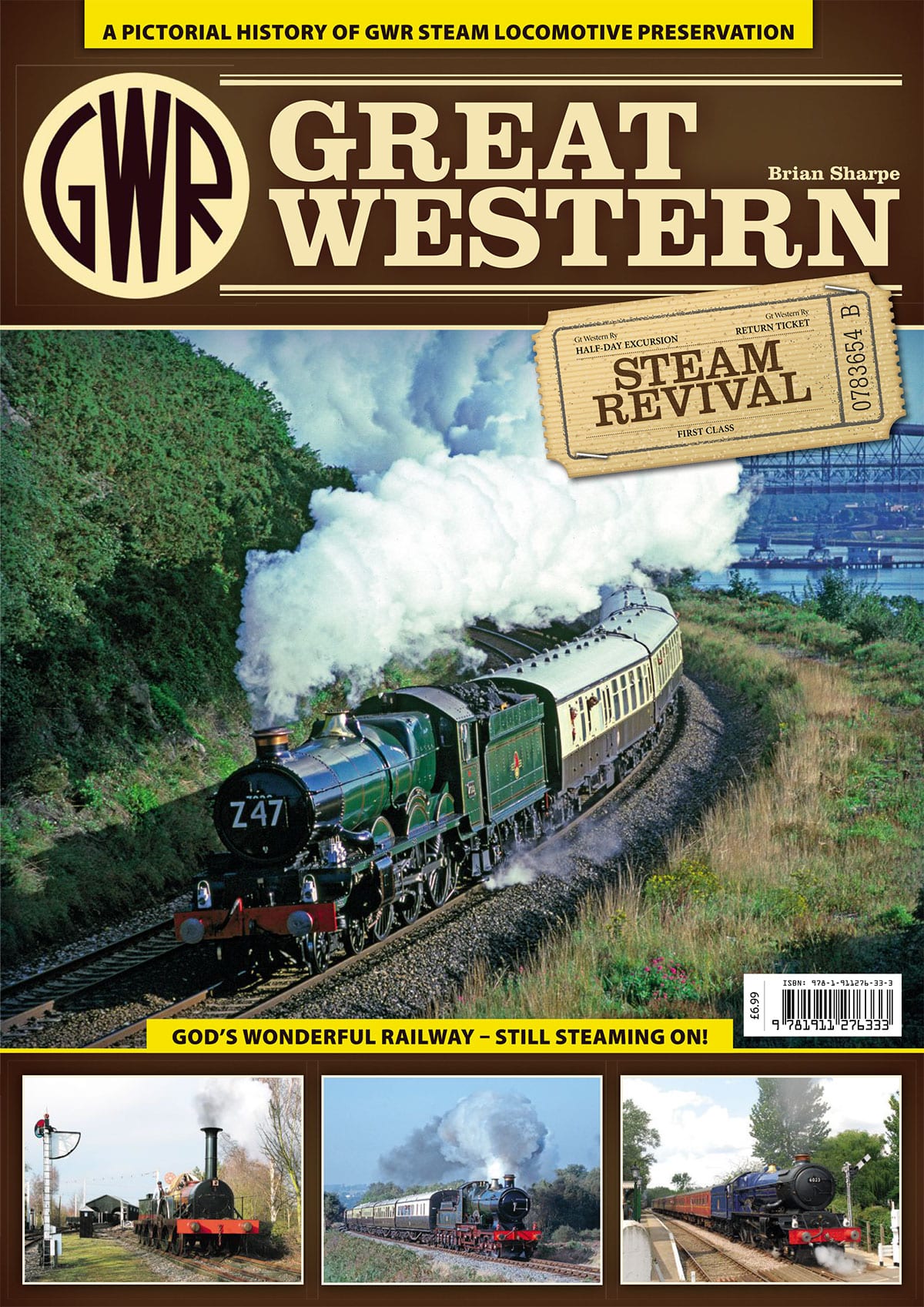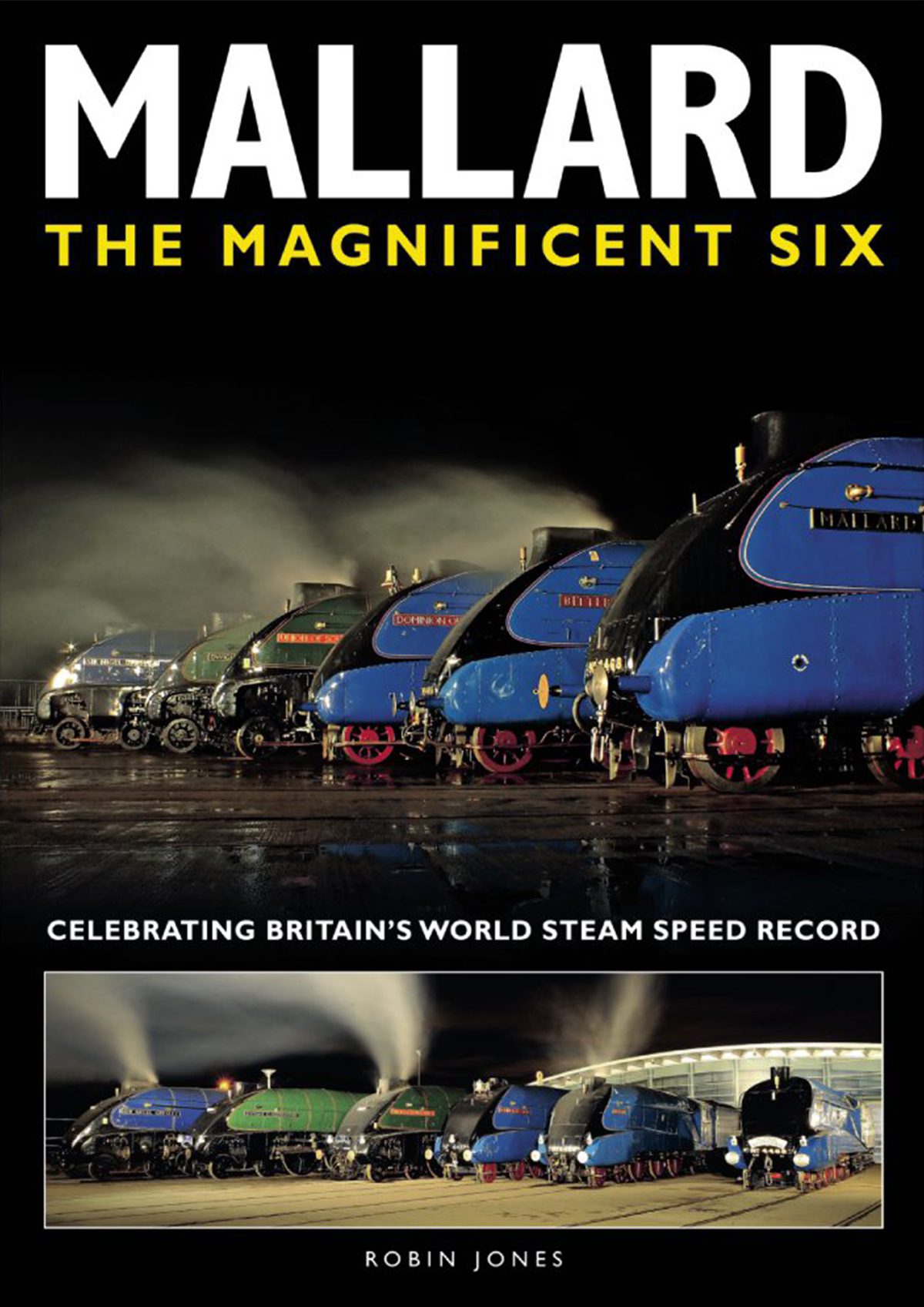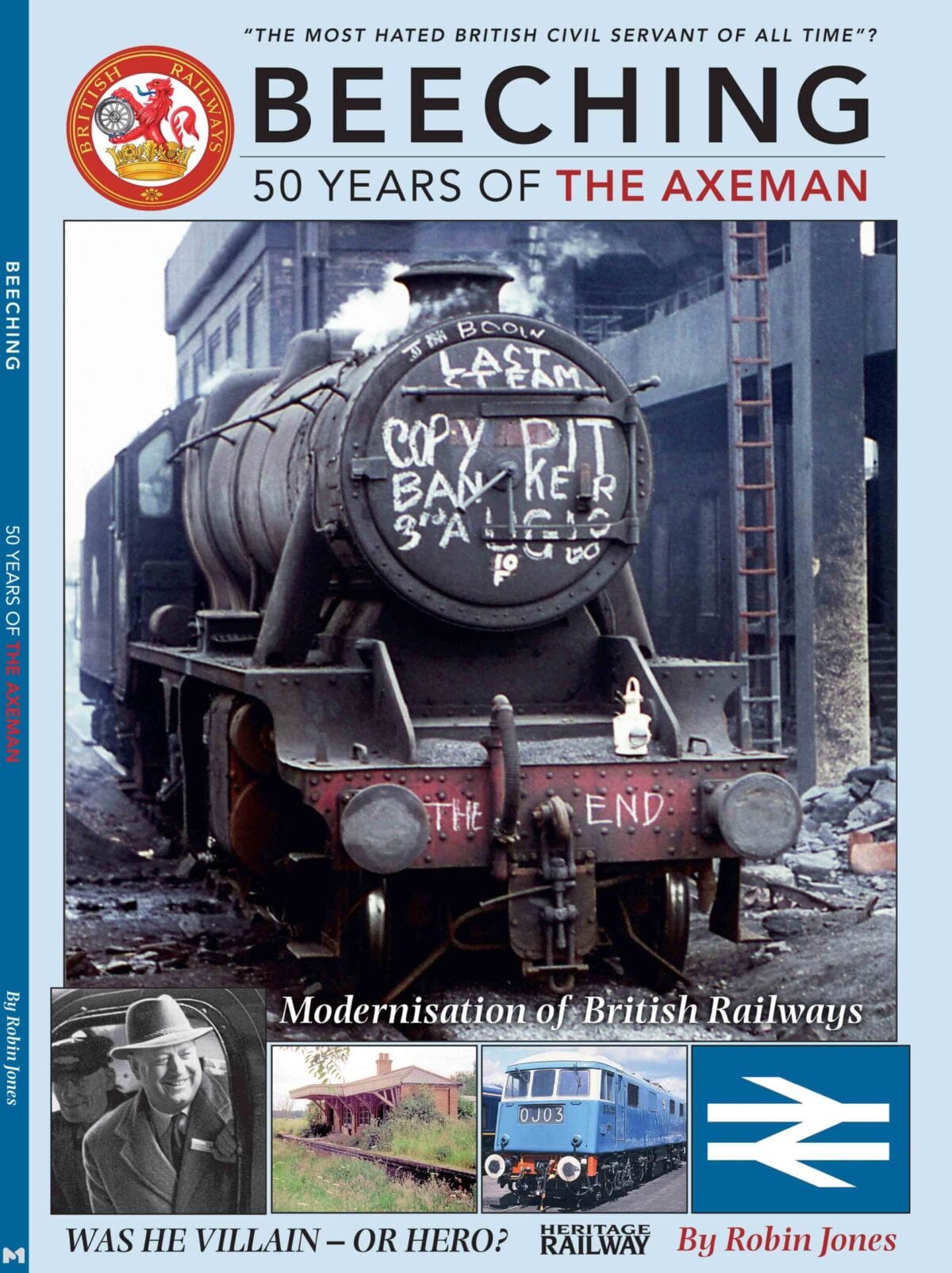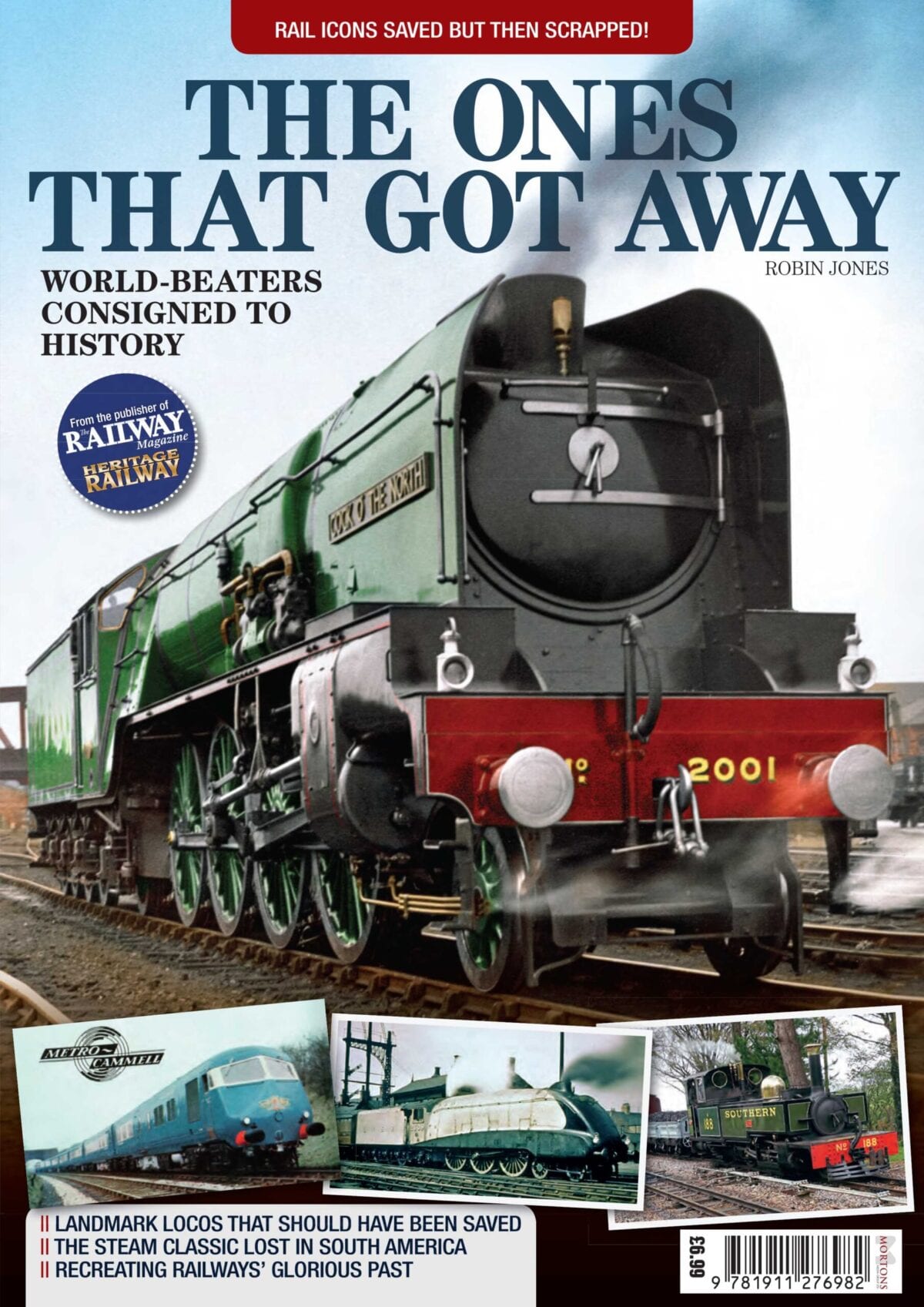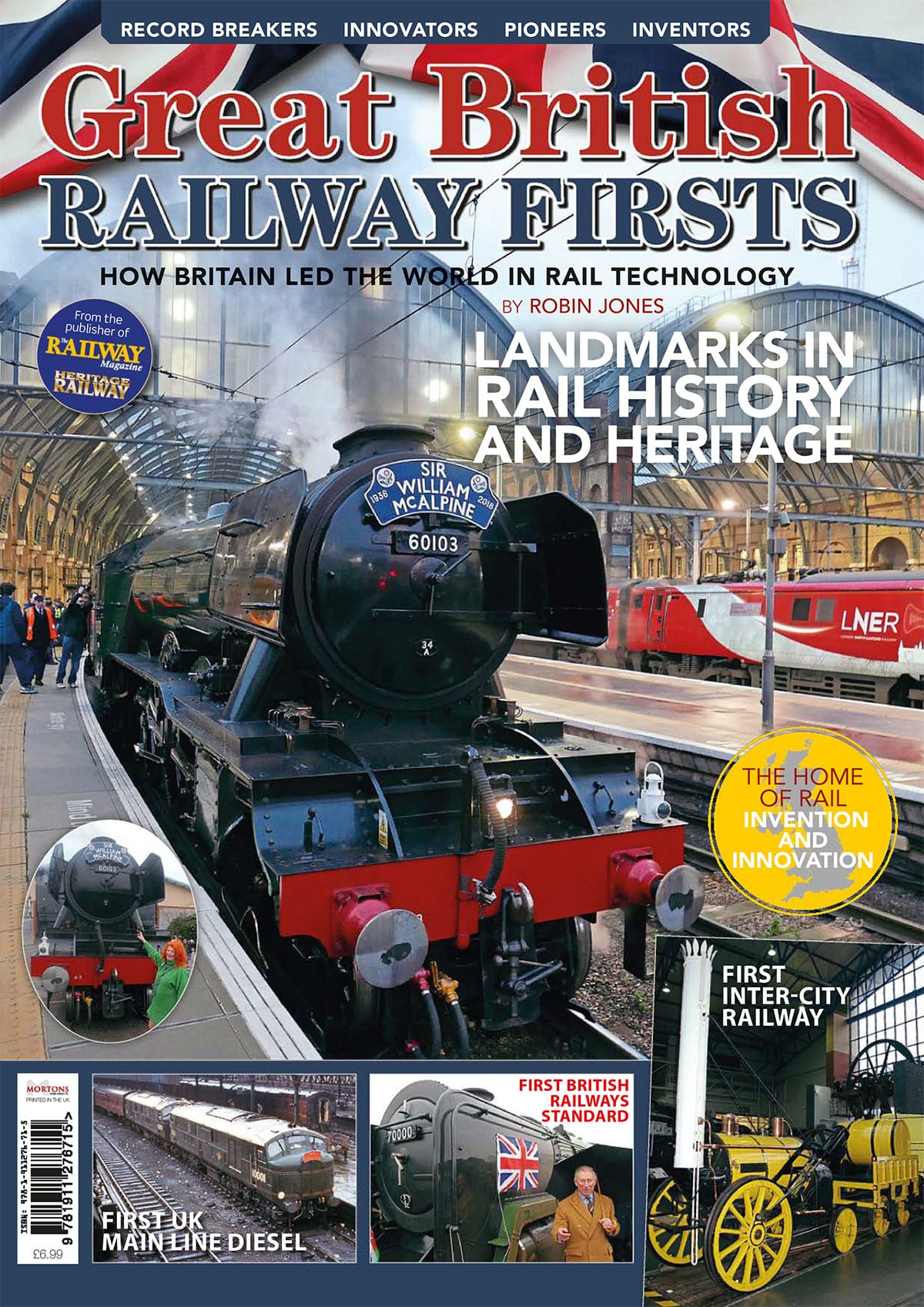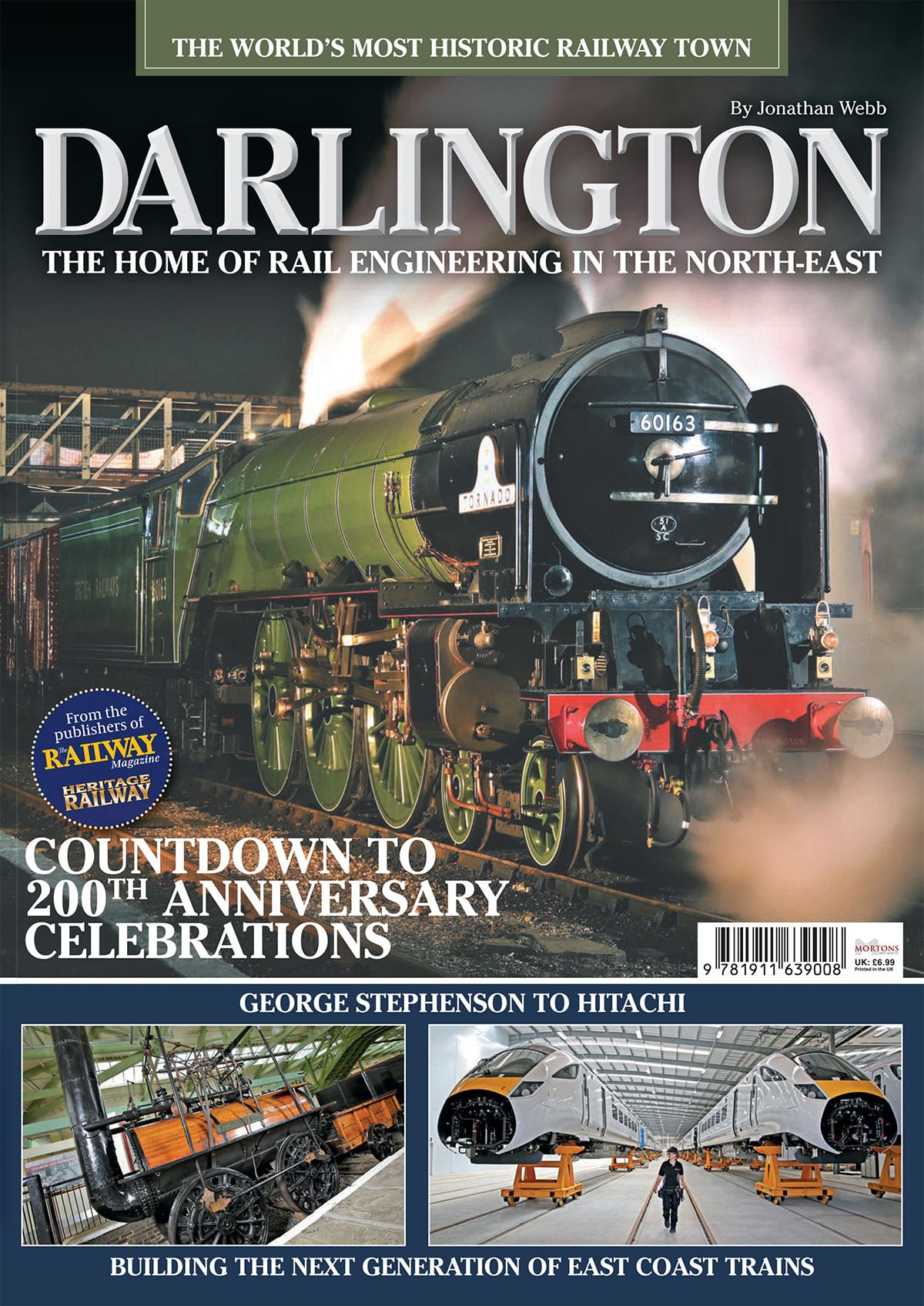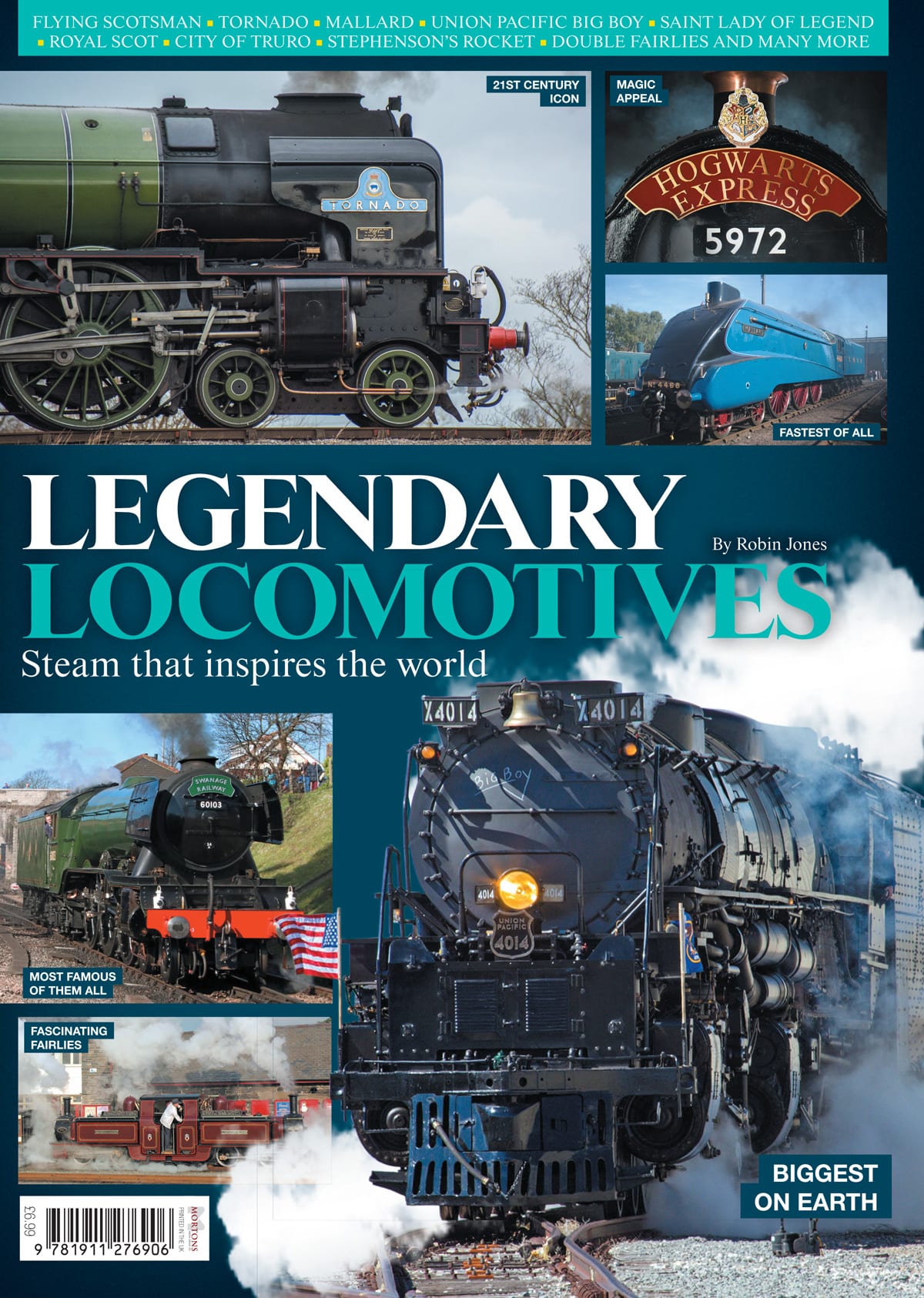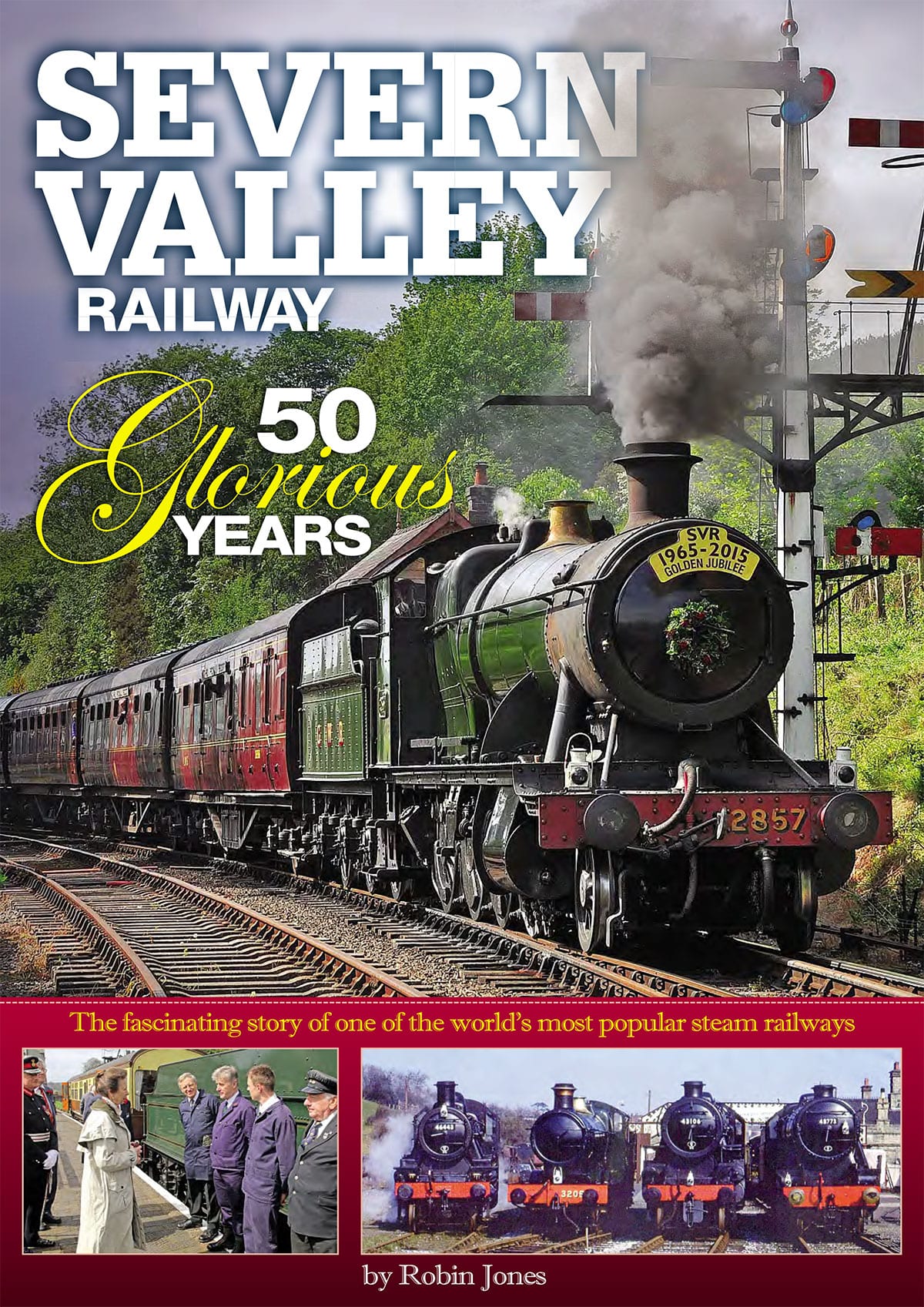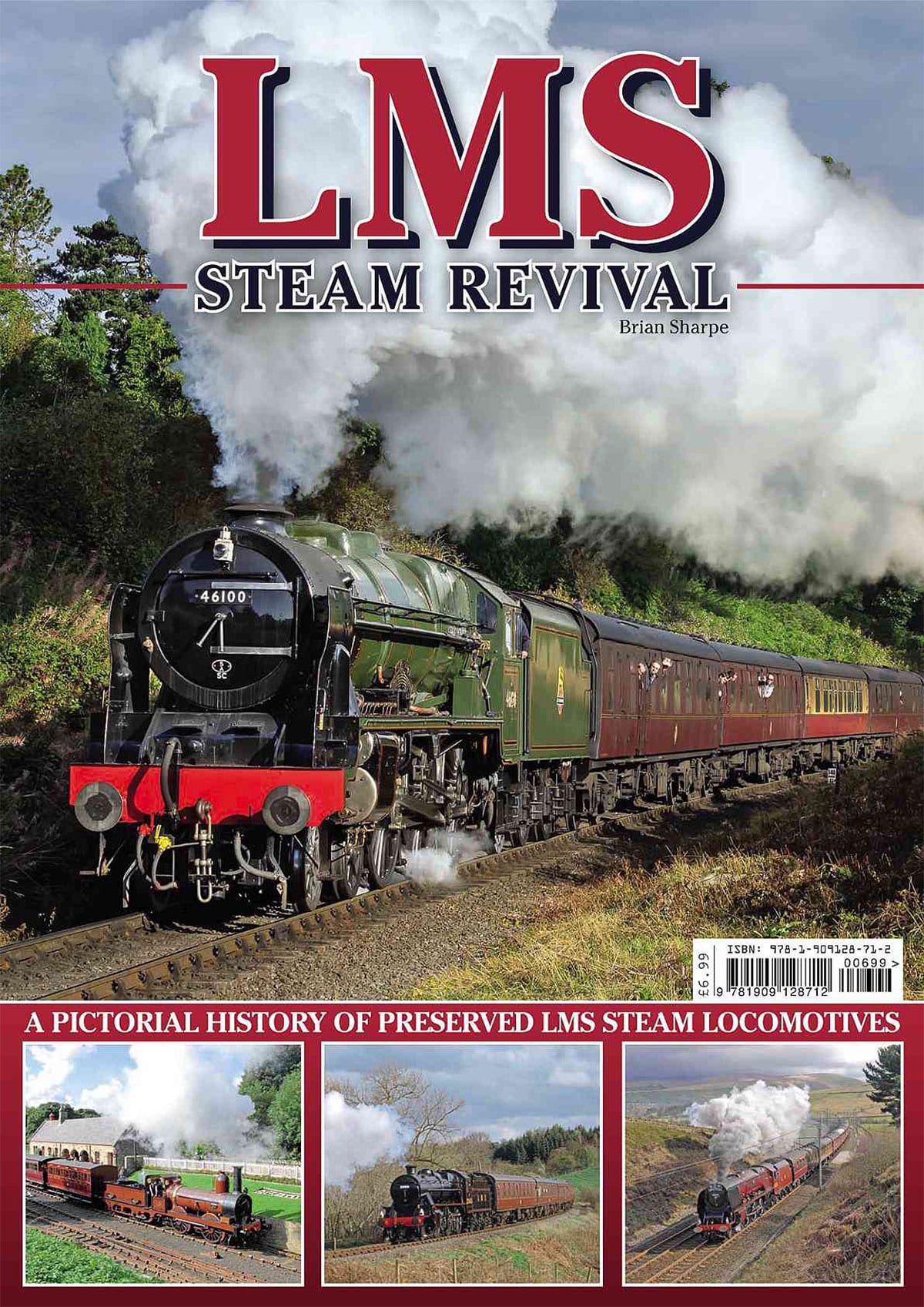Brunswick green locomotives, with polished brass and copper, hauling chocolate and cream coaches on holiday expresses including the ‘Cornish Riviera Express’; Paddington, Bristol Temple Meads, Swindon works, Box tunnel, the Devon banks, pannier tanks, auto trains, slip coaches, the Severn Tunnel; this is what we associate with perhaps the most distinctive of Britain’s ‘Big Four’ railway companies in the 1923-48 period.
Uniquely among the ‘Big Four’, the Great Western retained its name after the 1923 Grouping, and little changed except that the company grew rather bigger with the inclusion of many independent lines, mostly in the South Wales valleys. The company certainly had a unique history; Brunel’s billiard table route, the atmospheric railway, broad gauge, Gooch singles; Dean Goods, Britain’s first 100mph steam locomotive…
After 1923, it simply got better; GWR locomotive design was an evolutionary process throughout. Churchward was ahead of his time and his designs stood the test of time, influencing the engineers who followed him; many of his steam designs lasting until the end of steam, by which time Collett had refined them somewhat.
The GWR acquired a fervent following among steam enthusiasts, which continues almost unabated to this day, nearly 70 years after the company ceased to exist. This would explain why so many GWR steam engines have returned to steam in the preservation era and work on a substantial number of heritage lines, far outweighing the numbers representing the other ‘Big Four’ companies. On the main line, GWR steam engines not only continue to hold their own against the opposition on home ground but have spread their wings to an unprecedented extent, often far away from traditional Swindon territory.
And there is more to come: inevitably, some well-known GWR classes did not survive the end of steam in the mid-1960s but new examples are being built. A Saint, a Grange and a County will one day rub shoulders with Kings and Castles once more.
The GWR was just so different to the other three companies that when the railways were nationalised in 1948 and it became the estern Region of British Railways, it went its own way regardless and it was said that BR consisted of five regions plus the Great Western! The GWR’s Brunswick green paint scheme was adopted for all of BR’s express locomotives and from 1957, chocolate and cream coazches even made a welcome reappearance on the WR’s top expresses. Steam gave way to diesel inevitably but the WR opted for hydraulic transmission while the others preferred diesel-electrics.
But the WR was ahead of the other regions with its dieselisation programme in the 1960s and to all intents and purposes steam ended at the end of 1965, although a few former GWR engines soldiered on for a while, working from sheds now under LMR control in the West Midlands and North Wales. Already steam preservation was well established though and a handful of preserved GWR engines saw action on main lines in the 1960s. In 1969, the Dart Valley Railway became the second standard gauge heritage line to establish regular timetabled services; the first of many GWR branch lines to be reopened.
BR banned the use of privately owned steam engines on its main lines in 1967, but it was the GWR’s flagship, 4-6-0 No. 6000 King George V which led the ‘Return to Steam’ in October 1971, the success of which resulted in the lifting of the ban the following year.
One hundred and sixty-one GWR steam engines survive in preservation, the number swelled dramatically by many rescued from Barry scrapyard, although many of these remain unrestored, and many probably never will be. The total number of engines surviving is a movable feast as new engines are being built, but sometimes at the expense of others which are being dismantled for spares, and to all intents and purposes must now be considered as scrapped. However, some ‘scrapped’ engines have seen remarkable revivals, starting with the broad gauge North Star in 1925. The story of the Great Western steam revival is a fascinating saga; this is the story of those 161 engines, and of the people who restored, maintain and operate them.
Author: Brian Sharpe
